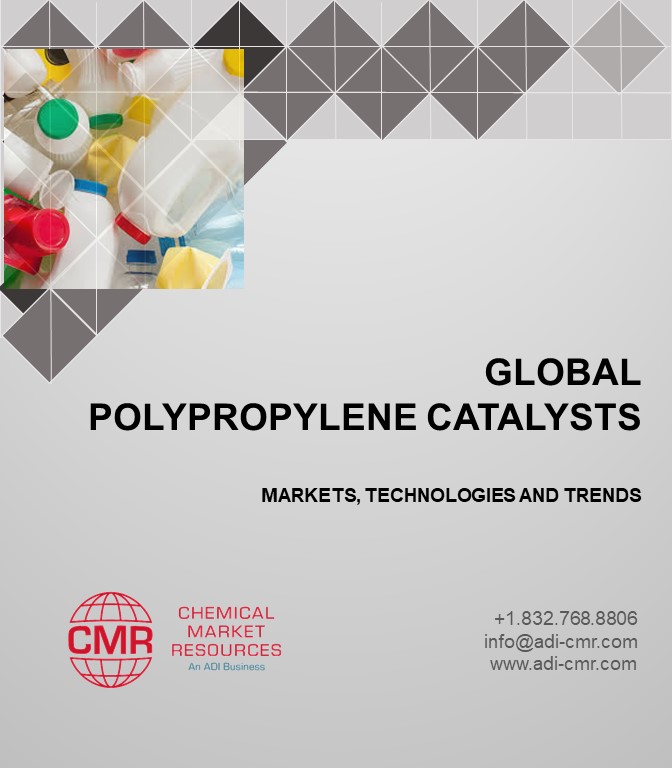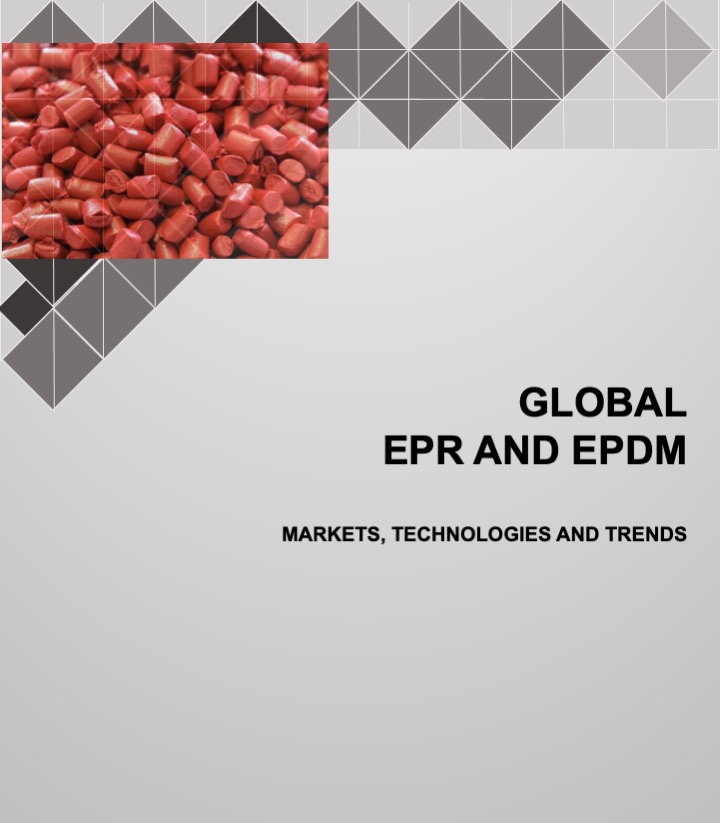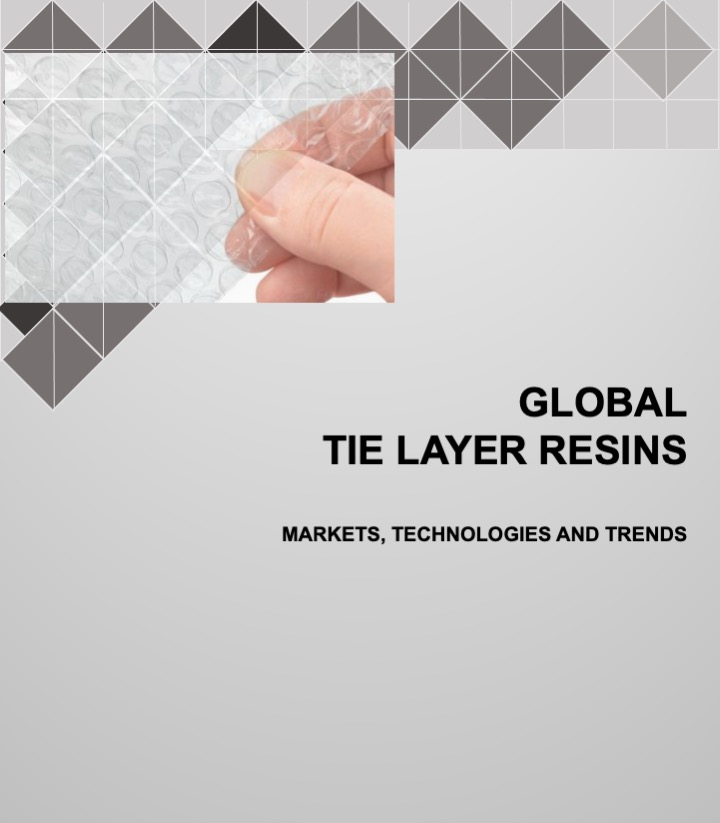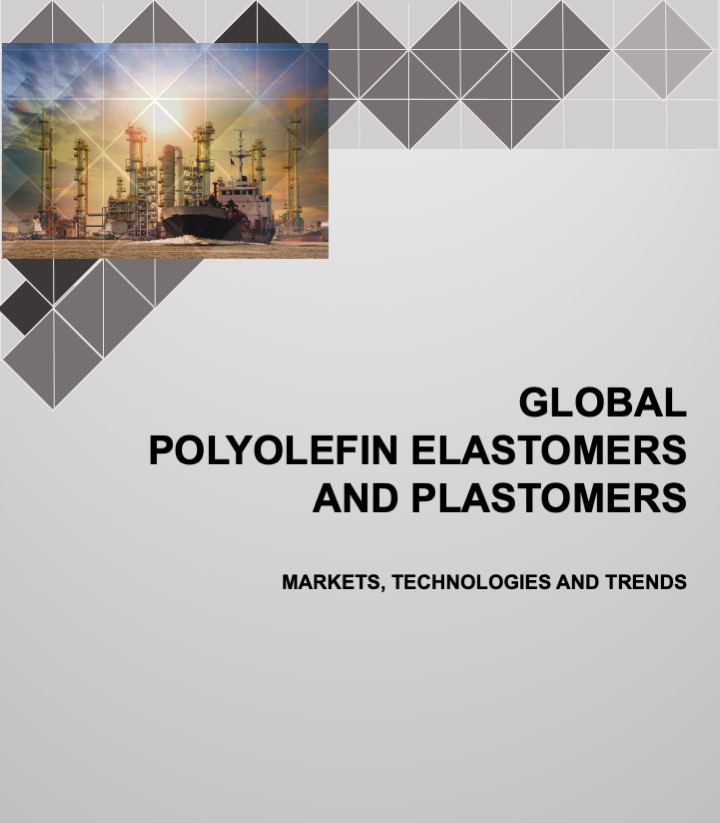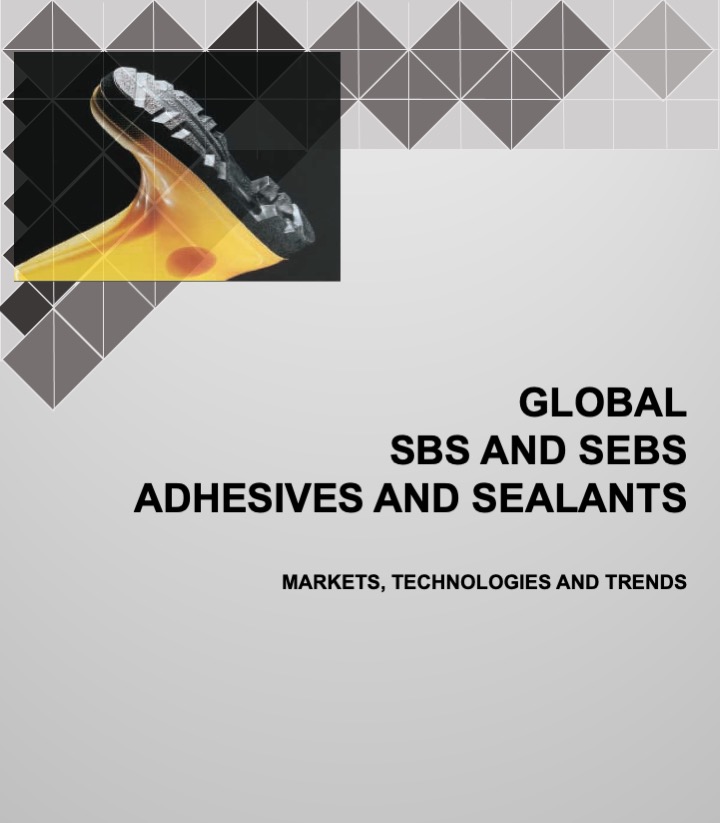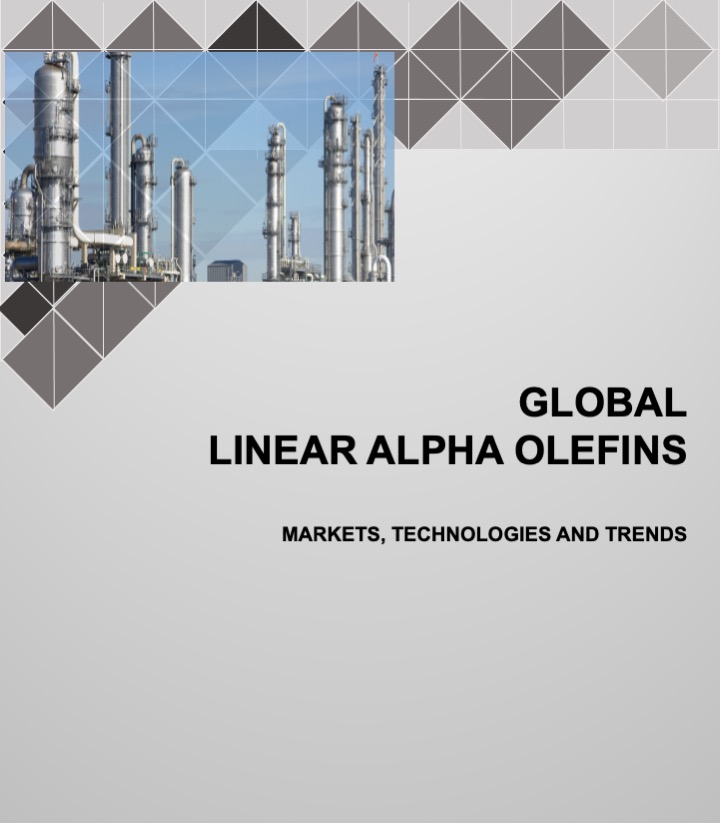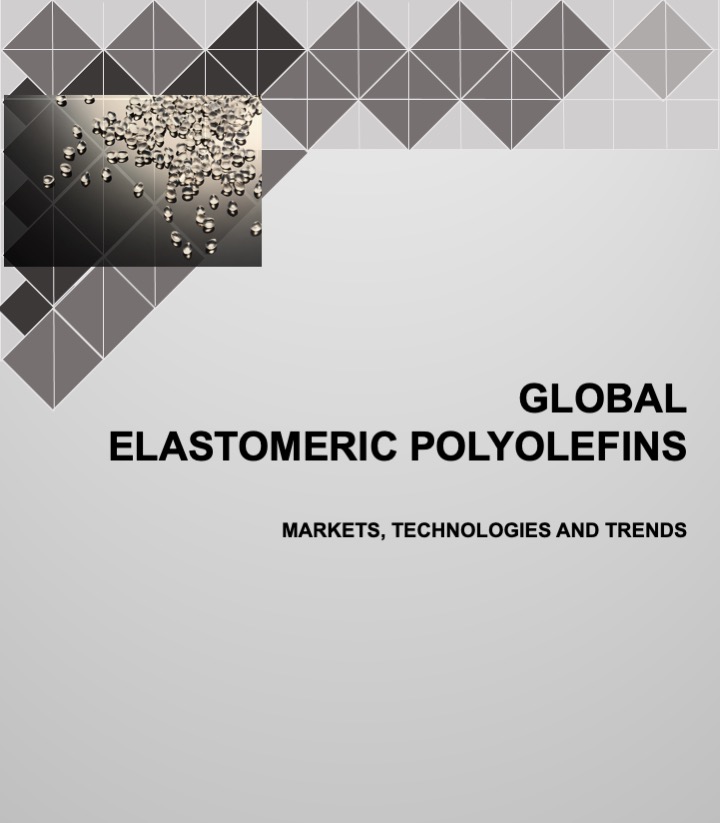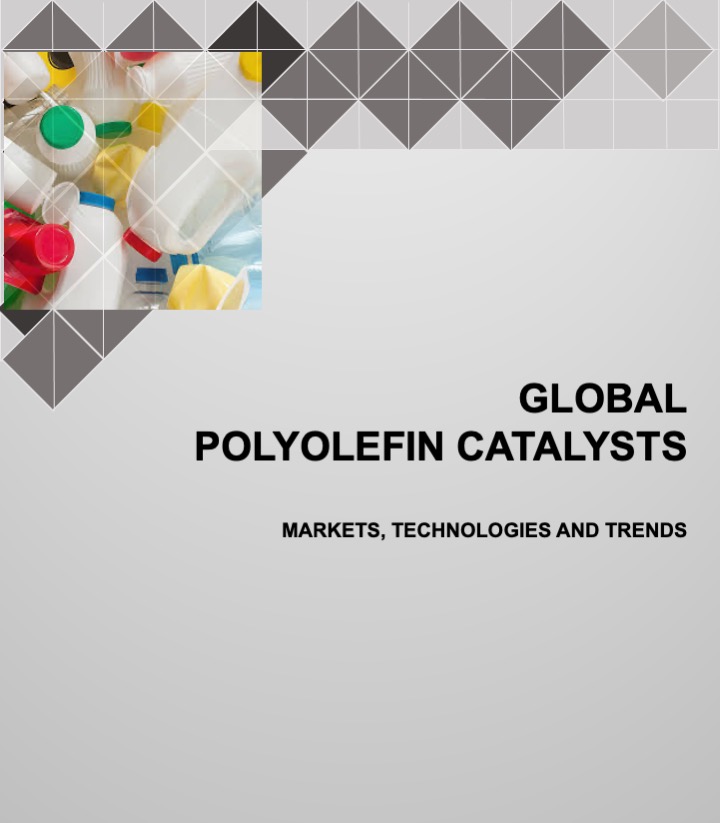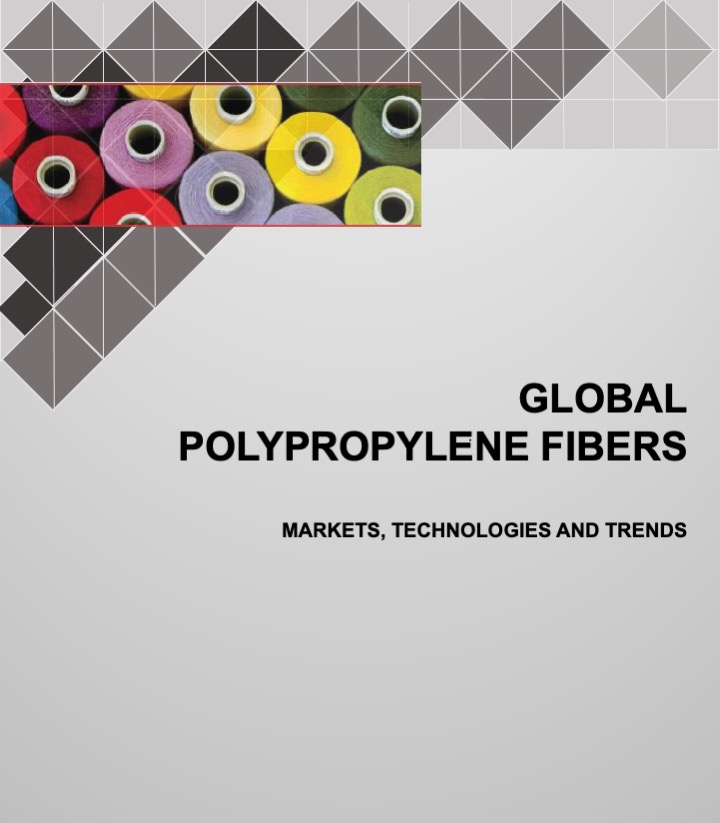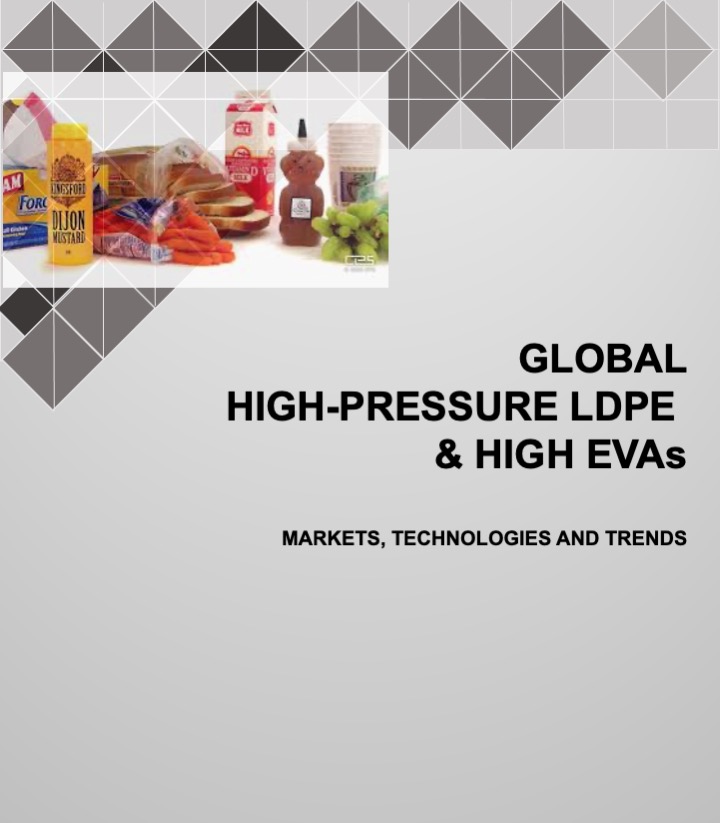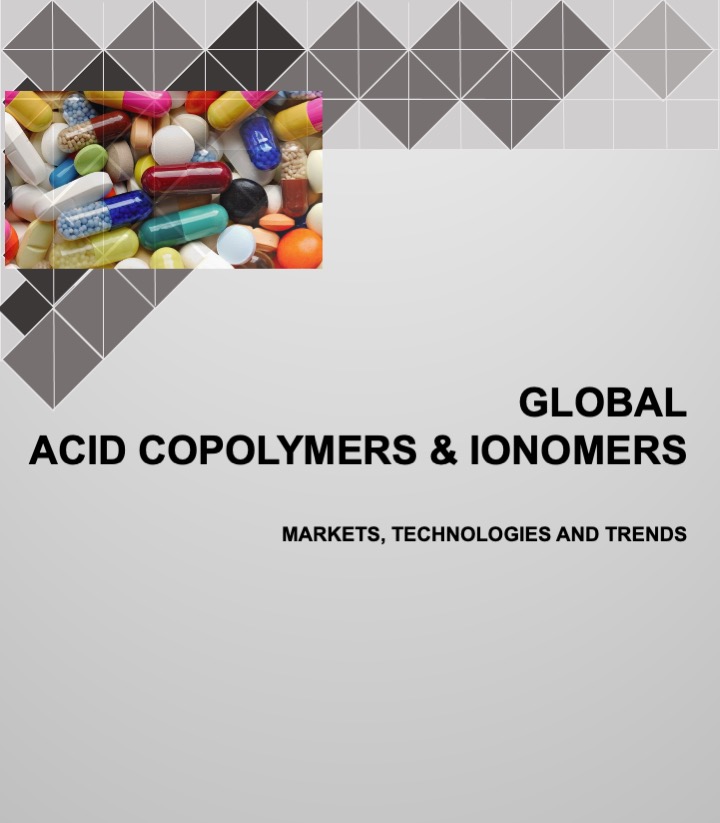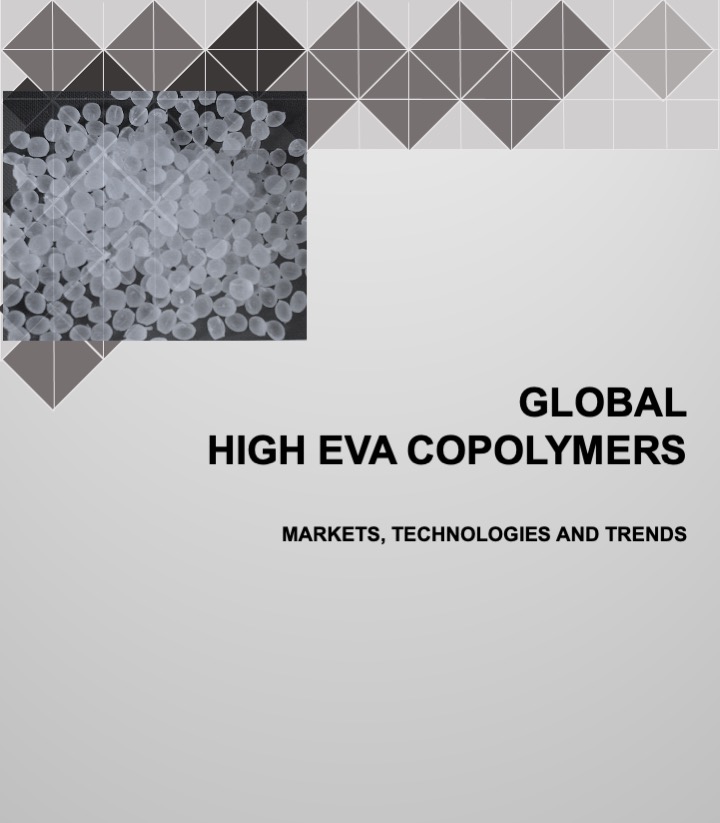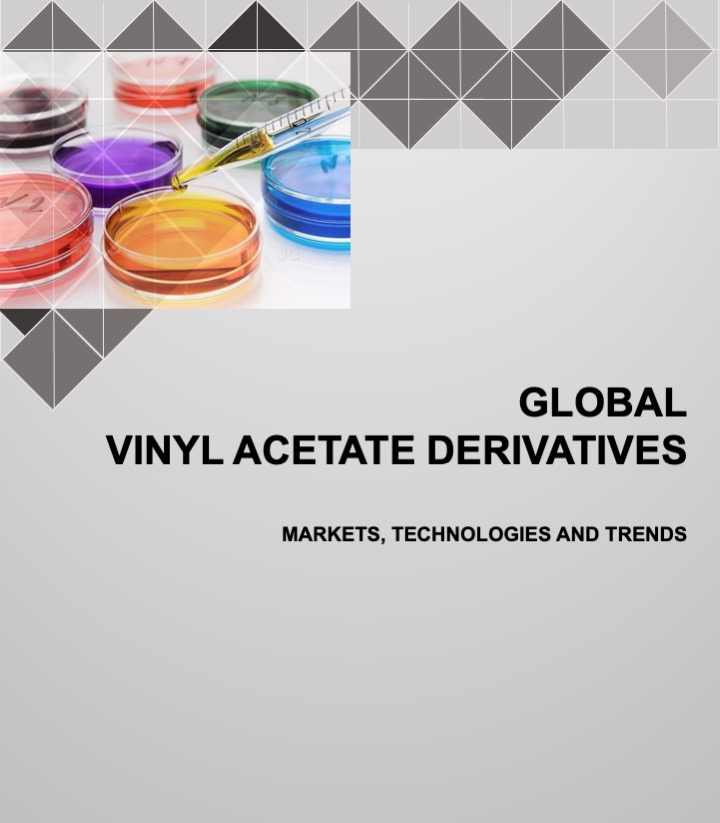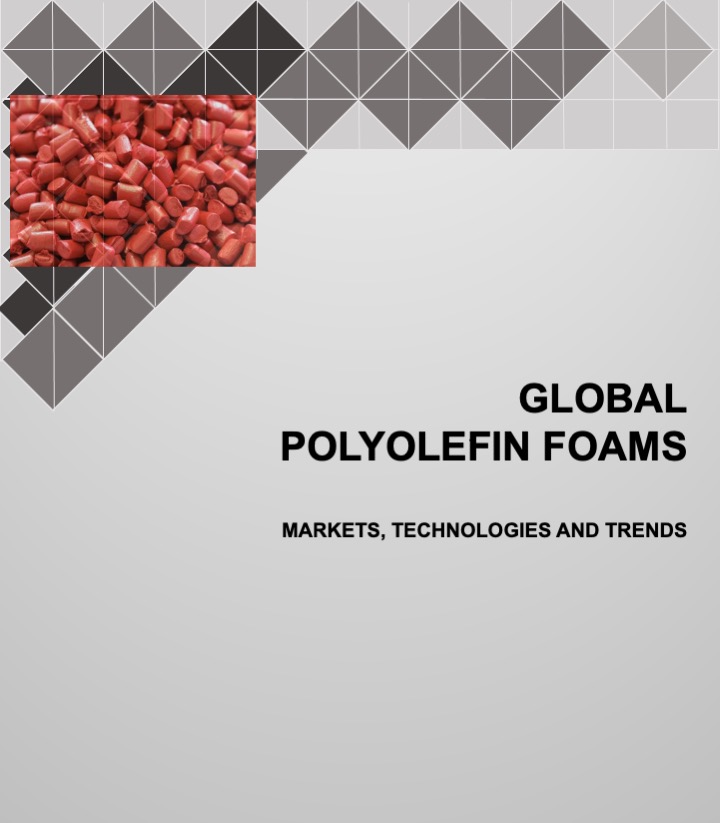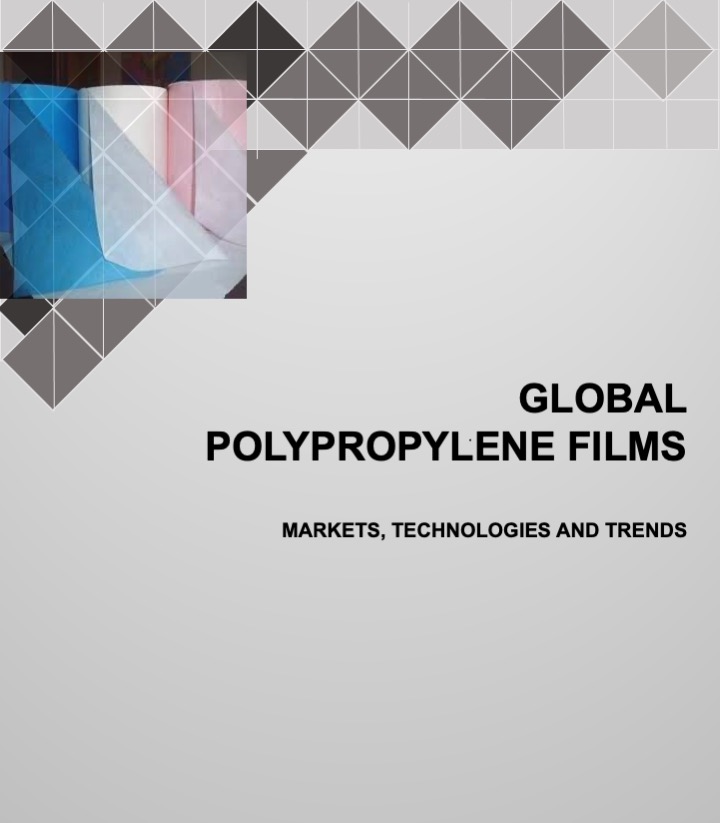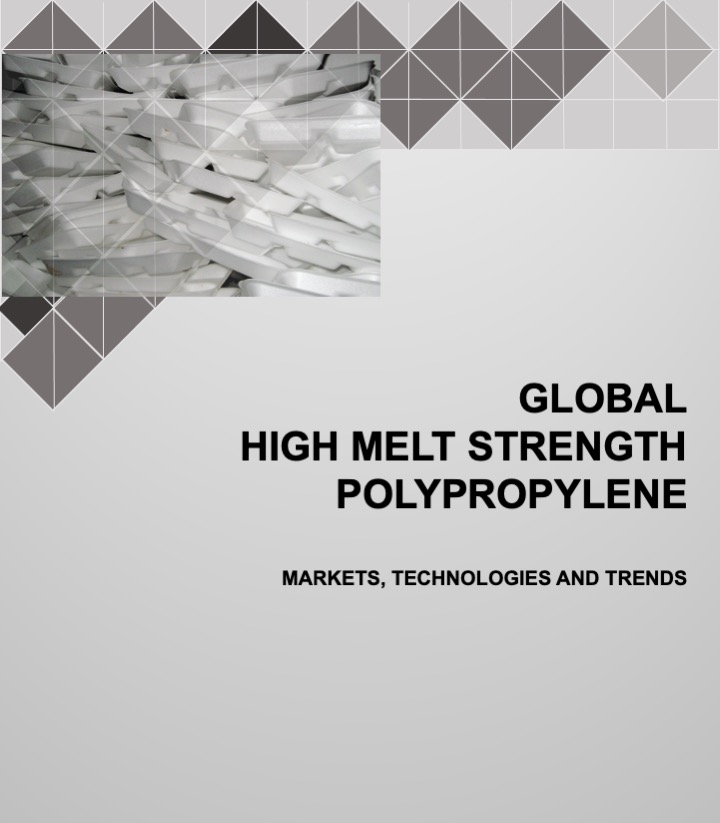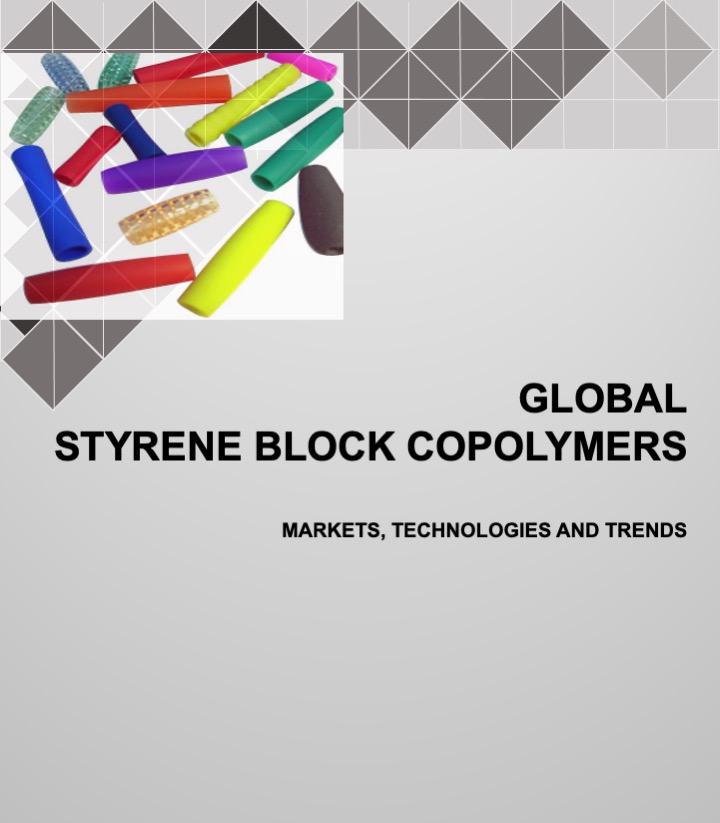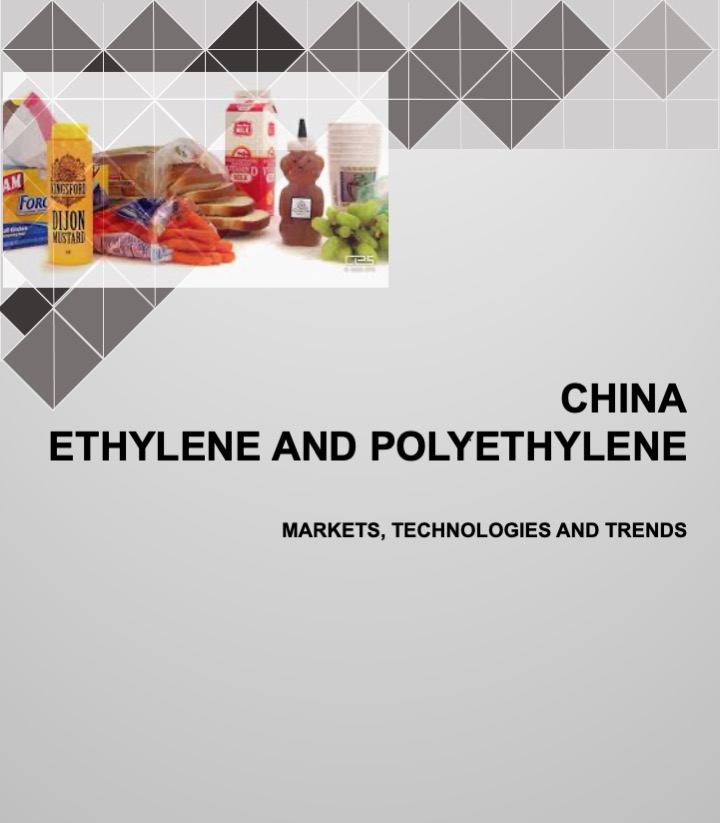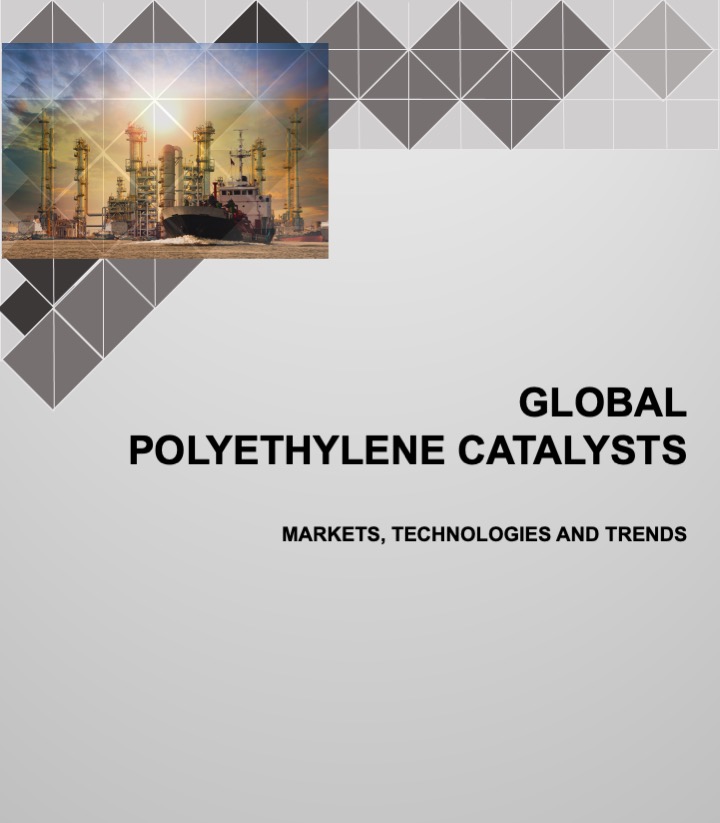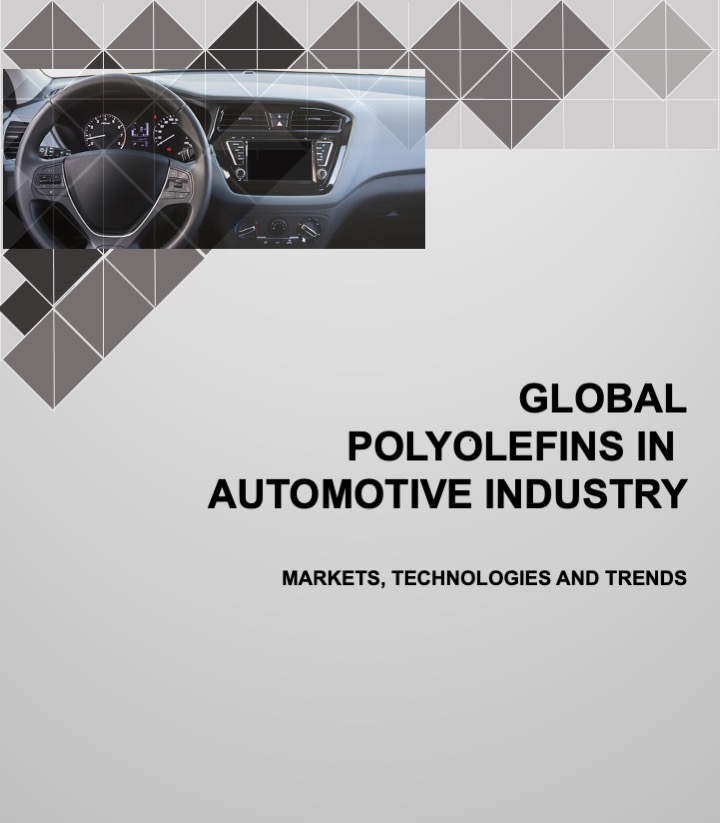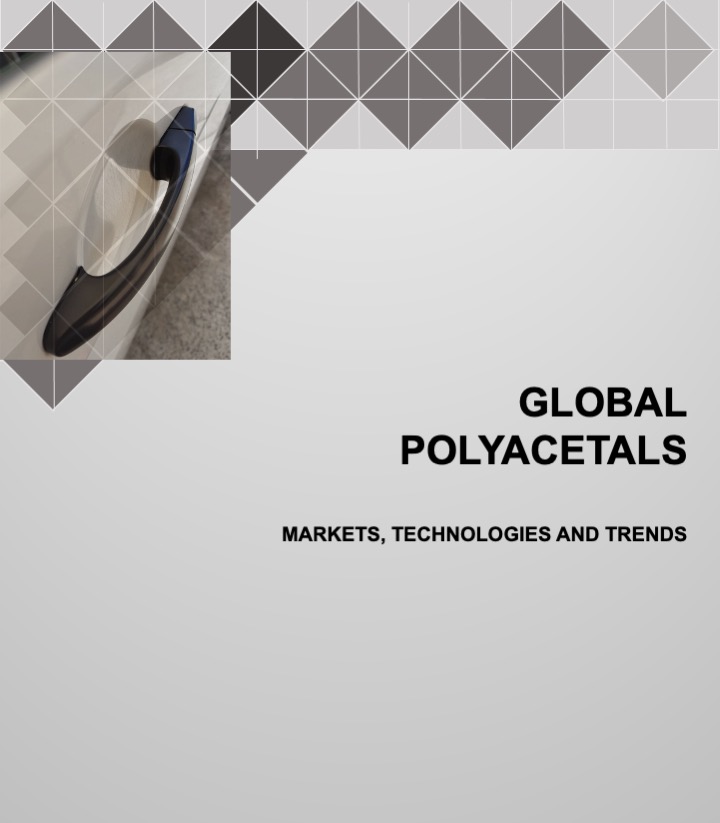- All
- Acrylates
- Automotive
- Catalysts
- Copolymers
- Elastomers
- Fibres
- Flims
- Foams
- Ionomers
- Olefins
- Other
- Plastomers
- Polyacetal
- Polyethylene
- Polyolefins
- Polypropylene
- Styrene Block Copolymers
- Vinyl Acetates
Global Polypropylene Catalysts
Polypropylene Catalyst Technologies Polypropylene (PP) is pre-dominantly produced using the ZN catalysts. Five generations of these catalysts have characterized the development of highly improved PP resins. The first two generation of ZN catalysts for PP are almost extinct, while the third generation is in the decline phase finding limited use. The fourth generation catalysts based…
Subscription offer for PolymerUpdate
ADI Chemical Market Resources has partnered with PolymerUpdate to provide the latest polymer pricing data. About PolymerUpdate PolymerUpdate has been in the business of providing price assessments and big business data, especially in petrochemicals, polymers, and other derivative products for over two decades. ADI CMR Newsletter subscribers get special promotions on PolymerUpdate.com products. Click here…
Global Polypropylene Market Assessment
Polypropylene Technologies Polypropylene (PP) is a thermoplastic linear hydrocarbon polymer produced from its monomer, propylene, using a chain-growth polymerization process. PP is a polyolefin that is partially crystalline and non-polar. The two major types of PP available in the market are homopolymers and copolymers. Homopolymer is the most widely utilized, general-purpose PP grade. It contains…
Global EPR and EPDM Market Assessment
EPR and EPDM Technologies Ethylene propylene rubber (EPR) and ethylene propylene diene monomer (EPDM) are versatile synthetic rubbers that are used in a variety of applications. EPR (sometimes called EPM) is a copolymer of ethylene and propylene. It has a saturated backbone chain, and is therefore, inherently resistant to degradation by heat, light, oxygen, and…
Global Tie Layer Resins
Tie Layer Resin Technologies Tie layer resins (TLR) are functionalized polyolefins that are produced by grafting anhydrides or acids to a polyolefin substrate in a post-reactor process. TLR are crucial for bonding dissimilar resins in multi-layer structures. For example, multi-layer packaging structures commonly include a non-polar polyolefin layer and a polar barrier resin layer, such…
Global Polyolefin Plastomers and Elastomers
Metallocene-Catalyzed POE and POP Resin Technologies Ethylene-based polyolefin elastomers (POEs) and plastomers (POPs) are copolymers of ethylene and other alpha-olefins such as butene, hexene, and octene with particularly flexible “elastic” and “plastic” properties. Ethylene-based POEs and POPs are made using single-site metallocene catalysts with a transition metal, such as titanium or zirconium, sandwiched between one…
Global SBS and SEBS Adhesives and Sealants
SBS and SEBS Adhesives Technologies Styrene Block Copolymers (SBC) are synthetic polymers that have versatile properties due to their molecular structure, which is an aromatic-aliphatic combination. Styrene-ethylene-butadiene-styrene (SEBS) and styrene-butadiene-styrene (SBS) are two types of SBCs that are used in adhesives and sealants. SEBS are saturated triblock polymers that are made by hydrogenating SBS during…
Global Linear Alpha Olefins (LAO)
Linear Alpha Olefins Technologies Linear alpha olefins (LAOs), such as 1-butene, 1-hexene, and 1-octene, are used as comonomers in the manufacture of polyolefins, such as linear low-density polyethylene (LLDPE), high density polyethylene (HDPE), polyolefin elastomers (POE), and polyolefin plastomers (POP). Ethylene and propylene are the main monomers used for manufacturing polyolefins. The LAO comonomers define…
Global Elastomeric Polyolefins
Elastomeric Polyolefin Technologies Elastomeric polyolefin technologies include several categories of thermoplastic elastomers (TPEs), which are thermoplastics with rubber-like properties that provide flexibility and impact strength. A significant category is thermoplastic polyolefin elastomers (TPE-O), more often called thermoplastic polyolefins (TPOs). Conventional TPOs are two-phase, physical blends or compounds of polypropylene (PP) with an elastomeric phase (EPDM…
Global Polyolefin Catalysts
Polyolefin Catalyst Technologies Polyolefins produced using catalysts in low-pressure reactors include linear polyethylene resins (LLDPE, MDPE, and HDPE), and polypropylene (PP). Conventional catalysts used in polyolefin manufacturing processes include precipitated or supported Ziegler-Natta (ZN) catalysts, or chrome-based catalysts on silica. In the 1990s, single-site metallocene catalysts with a transition metal, such as titanium or zirconium,…
Global Polypropylene Fibers
Polypropylene Technologies Synthetic fibers, including polypropylene (PP) fiber, continue to replace natural fibers. PP is a thermoplastic linear hydrocarbon polymer produced from its monomer, propylene, using a chain-growth polymerization process catalyzed by either Ziegler-Natta or metallocene catalysts. PP produced with metallocene catalysts have improved properties; for fibers, these include better processability, finer fiber denier, and…
Global HDPE and MDPE
HDPE and MDPE Resin Technologies Polyethylene (PE) is a semi-crystalline polymer that can be classified in three categories: low-density PE (LDPE), linear low-density PE (LLDPE), and high-density/medium-density PE (HDPE/MDPE). HDPE/MDPE are typically defined as densities of 0.940-0.965 g/cc; these polymers have less branching than LLDPE. HDPE is manufactured in low-pressure reactors using either chromium, Ziegler-Natta,…
Global LDPE & High EVA Copolymers
LDPE and High EVA Resin Technologies High-pressure low-density polyethylene (HP-LDPE or LDPE) and copolymers of LDPE with ethylene vinyl acetate (EVA) are manufactured in a high-pressure reactor. Although this manufacturing process has traditionally been higher cost and more capacity restricted than the processes used to make linear-low density polyethylene (LLDPE), improved technologies make LDPE cost…
Global Acid Copolymers and Ionomers
Acid Copolymers and Ionomers Technologies Acid copolymers are a class of specialty polyolefins (SPOs) that include copolymers of ethylene and acrylic acid or methacrylic acid. Ethylene ethyl acrylate (EEA) is a copolymer of ethylene and ethyl acrylate. The polymer exhibits high flexibility and excellent impact and tear resistance. These properties are dependent on the content…
Global High EVA Copolymers
High EVA Resin Technologies High-pressure low-density polyethylene (HP-LDPE or LDPE) and copolymers of LDPE with ethylene vinyl acetate (EVA) are manufactured in a high-pressure reactor. Although this manufacturing process has traditionally been higher cost and more capacity restricted than the processes used to make linear-low density polyethylene (LLDPE), improved technologies make LDPE and EVA more…
Global Vinyl Acetate Monomer Derivatives
Vinyl Acetate Monomer Derivative Technologies The major derivatives of vinyl acetate monomer (VAM) include: polyvinyl acetate (PVAc), polyvinyl alcohol (PVOH), polyvinyl butyral (PVB), and ethylene vinyl alcohol (EVOH). PVAc, which is sometimes called PVA homopolymer or PVA, is produced by emulsion polymerization of VAM. Market Drivers in the Vinyl Acetate Monomer Derivative Market Use…
Global Polyolefin Foams
Polyolefin Foams Technologies Polyolefin foams include polyethylene (PE), polypropylene (PP), and ethylene-vinyl acetate (EVA) copolymer foams. The report also considers the impact of next-generation polyolefins such as metallocene-based resins. LDPE as well as MDPE and HDPE can be crosslinked (XL) or non-crosslinked. EVA foams are generally crosslinked. Although the molecular structure of conventional PP limits…
Global Polypropylene Films
Polypropylene Film Technologies Polypropylene (PP) is a thermoplastic linear hydrocarbon polymer produced from its monomer, propylene, using a chain-growth polymerization process catalyzed by either Ziegler-Natta or metallocene catalysts. PP films are versatile and cost-effective barrier films that are used in various packaging and non-packaging applications. PP films are extensively used in applications requiring barrier properties,…
Global High Melt Strength Polypropylene
High Melt-Strength Polypropylene Technologies Polypropylene (PP) is a thermoplastic linear hydrocarbon polymer produced from its monomer, propylene, using a chain-growth polymerization process. PP is a polyolefin that is partially crystalline and non-polar. It has highly linear chains with a relatively narrow molecular weight distribution (MWD). PP’s properties such as high tensile strength, high modulus, high…
Global Styrene Block Copolymers
Styrene Block Copolymer Technologies Styrene Block Copolymers (SBC) are synthetic polymers that have versatile properties due to their molecular structure, which is an aromatic-aliphatic combination. They exhibit excellent elastic, physical, mechanical, and processing properties. SBCs are a type of thermoplastic elastomers (TPE), sometimes called TPE-S. SBCs include styrene-ethylene-butadiene-styrene (SEBS), styrene-butadiene-styrene (SBS), and styrene-isoprene-styrene (SIS). SBCs…
China Ethylene and Polyethylene
China’s Ethylene and Polyethylene Market The essential building block, ethylene, along with its co-products and derivatives constitute approximately 30% of the global chemical value chain. Ethylene cost curve has been historically impacted by the oil price where high price supports high margins but low oil price results in a flattened cost curve and a complex…
Global Polyethylene Catalysts
Polyethylene Catalyst Technologies Polyethylene resins produced using catalysts in low-pressure reactors include linear low-density polyethylene (LLDPE) and high-density PE (HDPE). Low-density PE (LDPE) uses a different, high-pressure process that does not use these catalysts but may involve organic peroxide initiators. Conventional catalysts used in LLDPE and HDPE manufacturing processes include precipitated or supported Ziegler-Natta (ZN)…
Global Polyolefins in Automotive Industry
Polyolefins in Automotive Markets The global automotive industry is one of the most important sectors of economic growth and revenue. The US was once the largest producer of automotive parts globally until it was overtaken by China in 2008. The percentage of plastics used in vehicles has increased significantly, and polyolefins are the preferred type…
Global Polyacetals
Polyacetal Technologies Polyacetal, particularly polyoxymethylene (POM), which is also called acetal or polyformaldehyde, is a specialty engineering resin. The polyacetals market is divided into homopolymer and copolymer markets. POM homopolymer, with higher crystallinity, has better mechanical properties such as stiffness, toughness, and strength compared to POM copolymer. POM copolymer has lower crystallinity, which gives it…
Global High-Pressure LDPE
LDPE Resin Technologies High-pressure low-density polyethylene (HP-LDPE or LDPE) and copolymers of LDPE with ethylene vinyl acetate (EVA) are manufactured in a high-pressure reactor. Although this manufacturing process has traditionally been higher cost and more capacity restricted than the processes used to make linear-low density polyethylene (LLDPE), improved technologies make LDPE cost competitive with LLDPE.…
Global MMA & PMMA
MMA and PMMA Technologies Methyl methacrylate (MMA) is a liquid monomer that is polymerized to produce acrylic polymers, primarily the homopolymer polymethyl methacrylate (PMMA) as well as copolymers. MMA has historically been manufactured using an acetone cyanohydrin (ACH) route that requires hazardous chemicals and produces undesirable byproducts; the traditional process has been improved, however, and…

